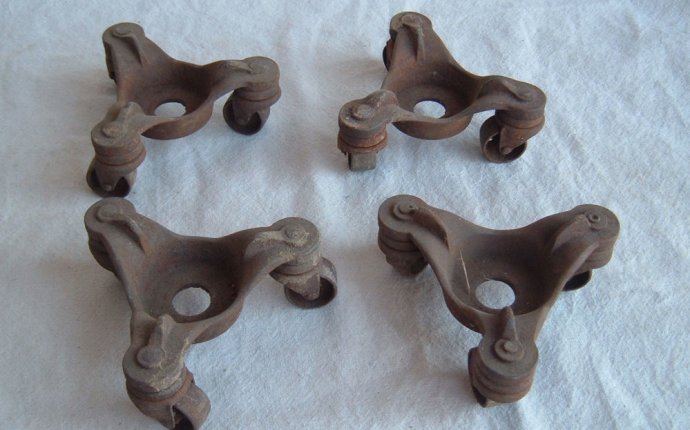
Antique Cast Iron Furniture
Long prized for its sturdiness and craftsmanship, wrought-iron outdoor furniture is bent and hammered into shape by hand — unlike mold-made cast-iron items, whose parts are bolted together (and whose seams are sometimes visible). Blacksmiths in America popularized wrought iron during the 1920s, and it remained in vogue until the Eisenhower era, when lighter, cheaper, rust-proof aluminum caught on.
Pictured: This early-20th-century Salterini dining set has substantial curved feet that don't sink into the ground.
Maintenance: Once a Year
Although it's strong enough to sit outside year-round, wrought-iron furniture rusts easily. Inspect your furniture every year, and if you see any rust, sand it away and cover the spot with primer and paint. (Painting an antique won't diminish its value.) Even if no corrosion is visible, protect the iron with a coat of marine varnish.
Leaf Chair
Vintage American-made wrought iron is now highly coveted, says Joni Lima, a dealer and co-owner of Iron Renaissance in Damariscotta, Maine. At a flea market or antiques garden show, expect to pay around $100 for an unsigned side chair and between $1, 000 and $3, 500 for a complete dining set. That may sound steep for outdoor furniture, but with the raw material now so expensive, a new wrought-iron table or chair can cost three times as much as a vintage piece.
Pictured: Grape and olive leaves grace Salterini's French Provincial pattern (early 1940s; $3, 500 for a table and six chairs).
Wire Mesh Chair
TIPS:
Lima says, "Look for nicely rounded wire ends and sturdy tables that don't shake, " as well as substantial curvy feet that won't sink into the grass. Barbara Israel, a dealer and author of Antique Garden Ornament (Abrams), suggests this straightforward technique: "Test a magnet against the furniture. If it sticks, the piece is probably wrought iron, not aluminum."
Pictured: Furniture makers shaped and welded this finely woven wire mesh to a Lee Woodard Sons frame by hand (1950s; $400).
Graceful Arms
Leinfelder's design features swanlike, artfully curved ironwork (1930s; $3, 000 for a dining set with six chairs).









